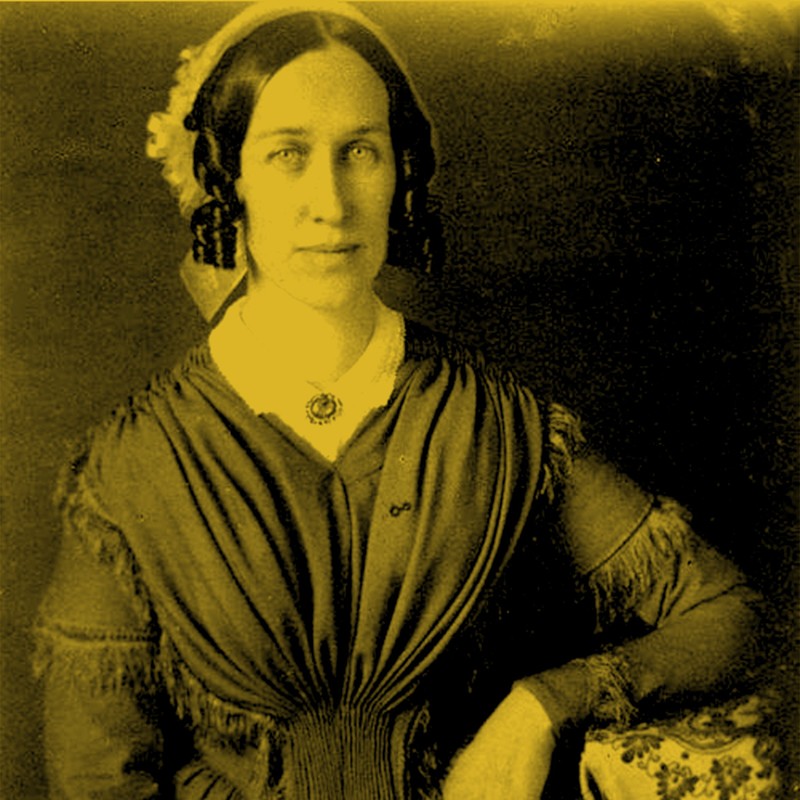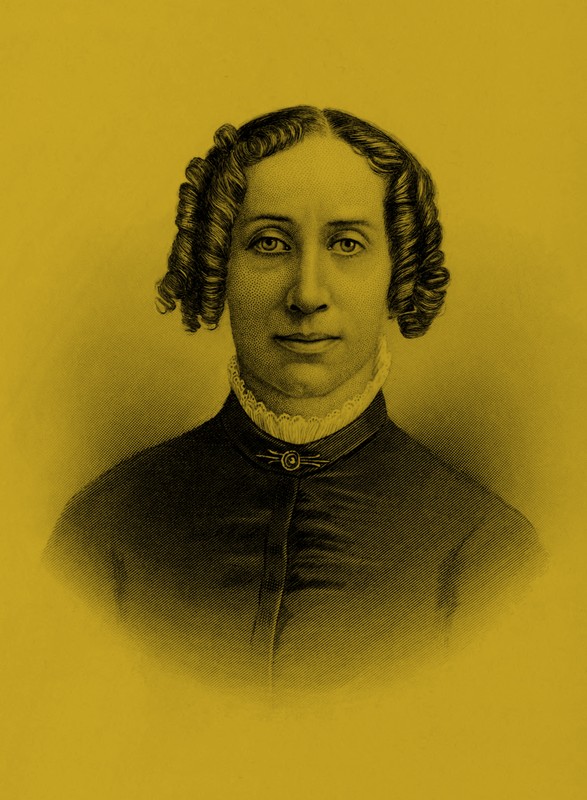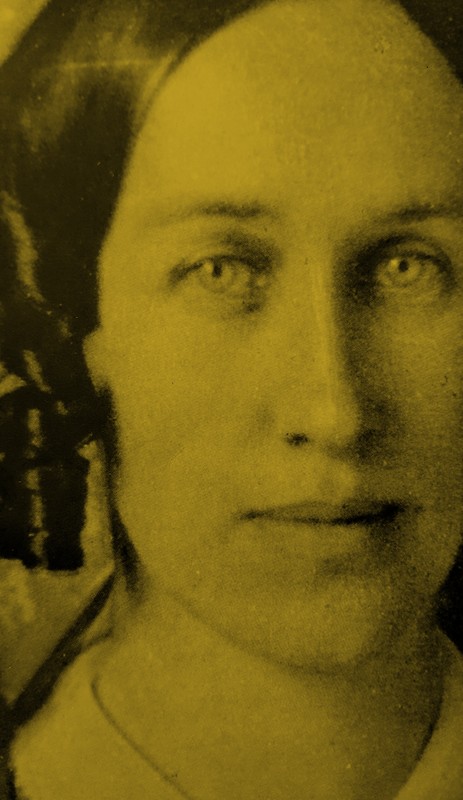Clarina Nichols
Introduction
Text-to-speech Audio
Quindaro native Clarina Nichols was an abolitionist and a women's rights activist, holding an influential voice in the community as co-editor of the Quindaro Chindowan Newspaper. Many of her newspaper articles advocated for the Free-State cause, and as a result Clarina became one of the territory’s most prominent free labor and free state proponents. In 1861, Clarina successfully campaigned to allow women the right to vote in the Kansas School Board elections. Clarina also made history as an Underground Railroad conductor, using her home as a safe space for freedom seekers.
Images



Backstory and Context
Text-to-speech Audio
Clarina Nichols was born in 1810 in Vermont. During her long career as a lecturer, activist, and journalist, she was one of the early leaders of the first organized movement in the United States for womens’ rights. Clarina had four children–the first three she cared for as a single parent, earning ½ to ⅓ what a male counterpart would make for similar tasks. She began writing for a paper in Vermont and soon married the editor and publisher, John Nichols. When he became disabled, she quietly took over the duties of the paper and became intertwined in various social movements of the time, including temperance, women’s rights, and anti-slavery.
Clarina was an active member of the First National Women’s Rights Convention of 1850, alongside Elizabeth Cady Stanton and Lucretia Mott. In 1852, she met Susan B. Anthony and traveled throughout the country, lecturing on equal rights for all races and genders.
When the Kansas-Nebraska Act of 1854 threatened to establish slavery outside of the South, Clarina moved her family to “KT, Kansas Territory” in 1854. In Quindaro, she regularly sheltered those traveling along the Underground Railroad as her home was marked as a safe haven, and often spread her beliefs on the free-state movement as she was a big supporter. During her time in Quindaro, Clarina slid right back into her journalistic roots, serving as the Associate Editor of the Quindaro Chindowan, a four-page weekly that began shortly after the town was founded. Clarina regularly
Nichols left Kansas in 1871 to be with two of her children in California. She died there in 1885.
Sources
Kansas Historical Society. Clarina Nichols, Kansapedia. April 1st 2010. Accessed June 8th 2022. https://www.kshs.org/kansapedia/clarina-nichols/12156.
Quindaro Township 1855-1943 - All Together Now by Karen French, 2022
Revolutionary Heart The Life of Clarina Nichols and the Pioneering Crusade for Women's Rights by Diane Eickhoff, 2006
